Touristic attractions along the Danube string together just like a pearl necklace. But how can tourists get from one pearl to the next in an environmentally friendly way – by bus, train, boat or bike? The EU INTERREG project Transdanube.Pearls is trying to answer this question and improve services, standards and information in line with
Touristic attractions along the Danube string together just like a pearl necklace. But how can tourists get from one pearl to the next in an environmentally friendly way – by bus, train, boat or bike? The EU INTERREG project Transdanube.Pearls is trying to answer this question and improve services, standards and information in line with the principles of sustainable tourism.
Every project starts with taking stock and conducting research. To this end, an international team of tourism and mobility experts, accompanied by video journalists, took a two-phase field trip from the source of the Danube to its estuary. During the two trips, the team members only traveled by public transportation or bike. And they kept the project goal in mind: creating a network of tourist attractions (“pearls”) distinguished by their commitment to sustainable mobility – on the way to these destinations and from one pearl to the other.
Important choice of means of transport
Even experienced tourism experts like Dejan Veselinov from Serbia were amazed by the assessment tour for the Transdanube.Pearls project. “It was one of the biggest adventures and most important experiences of my life”, is his assessment. “Having taken this trip, I am sure that the Danube is the backbone of cultural and economic cooperation in Europe.” According to his experience, tourists carefully consider how to get to their destination. “If they decide not to travel by car, more and more people do so to protect the environment and not for lifestyle reasons”, says Dejan Veselinov. That’s why he strongly recommends multilingual websites including detailed information on environmentally friendly arrival.
Lack of package tours and round trips
The Serbian tourism expert believes that the cooperation between “pearls” along the Danube has to be enhanced, be it by exchanging ad banners on their websites or joint presentations at tourism fairs. And generally speaking, he thinks there is a lack of all-inclusive and circular tours with sustainable mobility solutions. “It’s really important to encourage local travel agencies to develop this type of product on a regional, but also global level”, Dejan Veselinov states. Sometimes true pearls lie right at your doorstep, are little known, but offer unexpected opportunities. Andreas Friedwanger, project coordinator and mobility expert from Vienna, discovered “his” pearl on the Danube during the assessment tour, a mere 50 km east of Vienna. “Szigetkös – or Little Schütt Island – next to Mosonmagyorovar is a true natural paradise with a summer camp for kids, and easily reached by boat”, he tells us with palpable enthusiasm. To motivate people, Friedwanger relies on practical experiences. He convinced the mayor of a Serbian municipality close to the Iron Gate to accompany him on a 20-km bike tour along the Danube cycle path. When they arrived, the mayor was both breathless and impressed. He promised that his next office outing would see him and his team biking along the Danube. At a meeting in Ulm, Friedwanger learned that there’s often too little communication. Hotel operators there passed on tourists’ complaints about lacking public transportation between the town centre and their accommodation in the evening and night time. Apparently, relevant information about night time transportation such as night busses remained unknown. “Before inventing new things, we should improve information about existing services and facilitate access to them”, concludes the mobility expert from Vienna.
Connecting information in the web
The project partners are now starting to evaluate the assessment tour and the practical implementation. For this purpose, all 15 project partners will host workshops – in Germany, Austria, Croatia, Slovenia, Bulgaria, Romania, Hungary, Serbia and Slovakia. It is already apparent that the project partners want to create so-called mobility centres, one of the biggest obstacles to sustainable tourism along the Danube being the fact that information is insufficiently connected. Tourists have to spend a lot of time searching and combining timetables for busses and trains, ships and ferries, cycle routes and accommodation on the individual websites of different service providers.
At least, tourism and mobility experts from the Danube countries will increase their communication with each other. About 100 of them will participate in a midterm conference organised by the Danube Office Ulm/Neu-Ulm during the International Danube Festival Ulm/ Neu-Ulm. During the symposium, the experts will concentrate on the topic of sustainable mobility – but will they also do so traveling to and from Ulm?
Thomas Zehender, journalist, danube connects
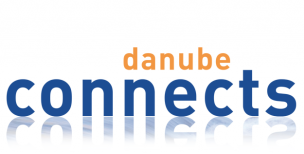


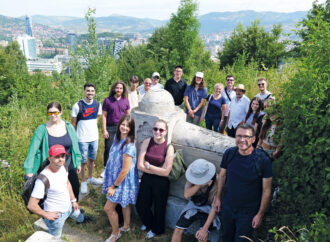




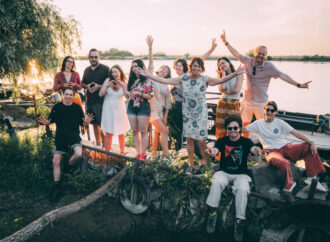

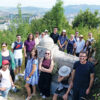

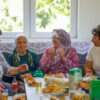

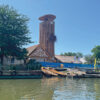

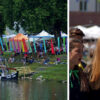
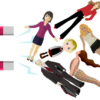

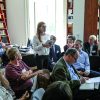
Leave a Comment
Your email address will not be published. Required fields are marked with *